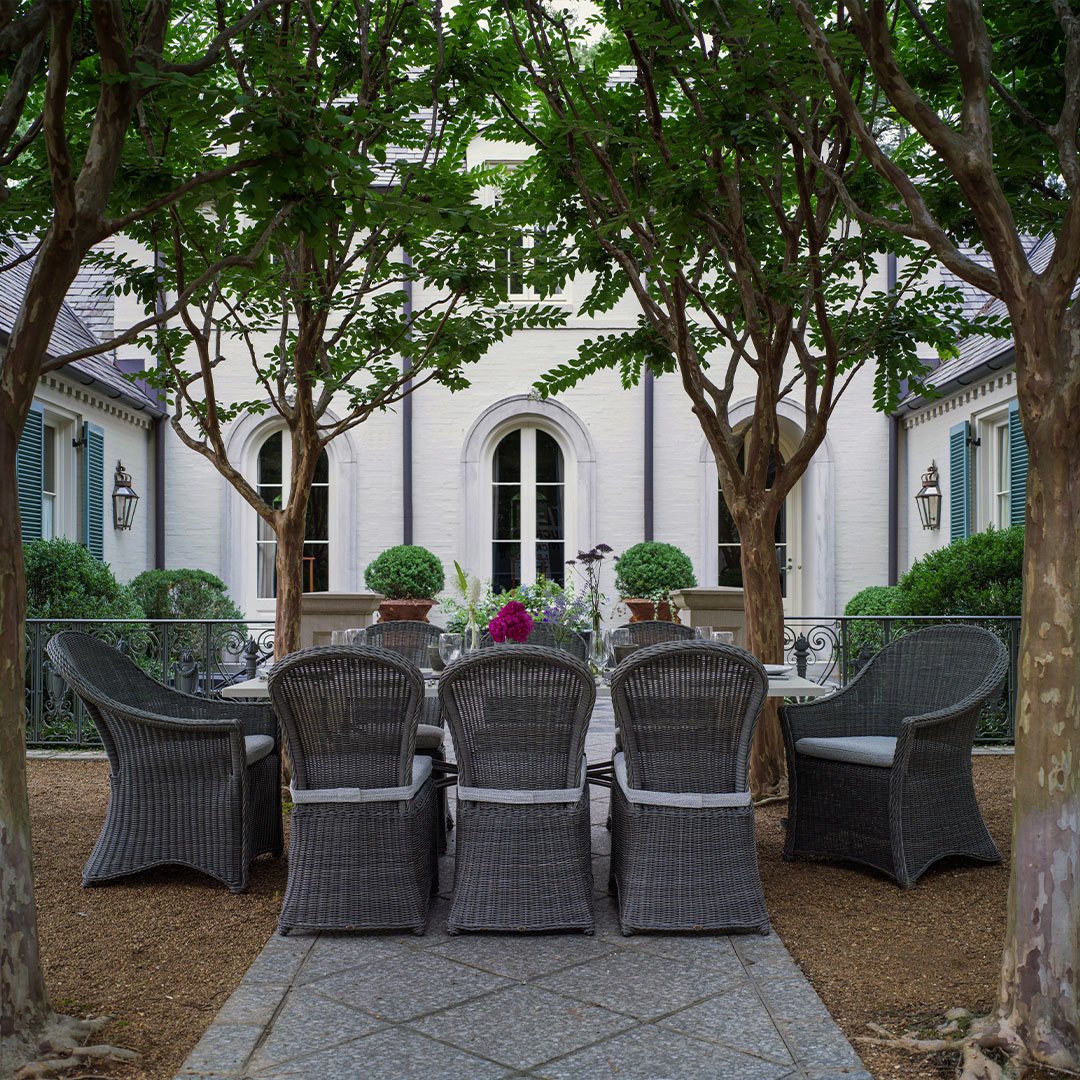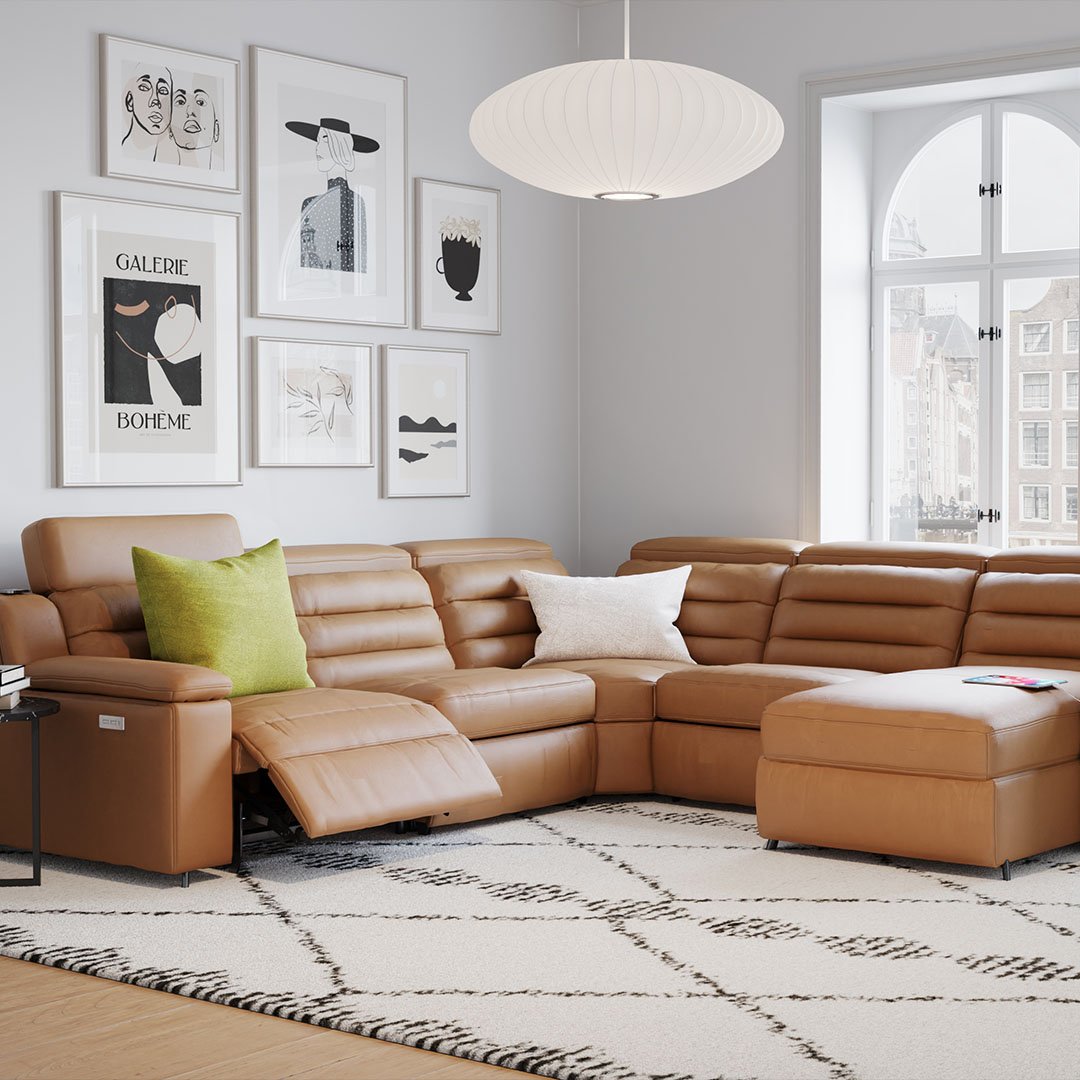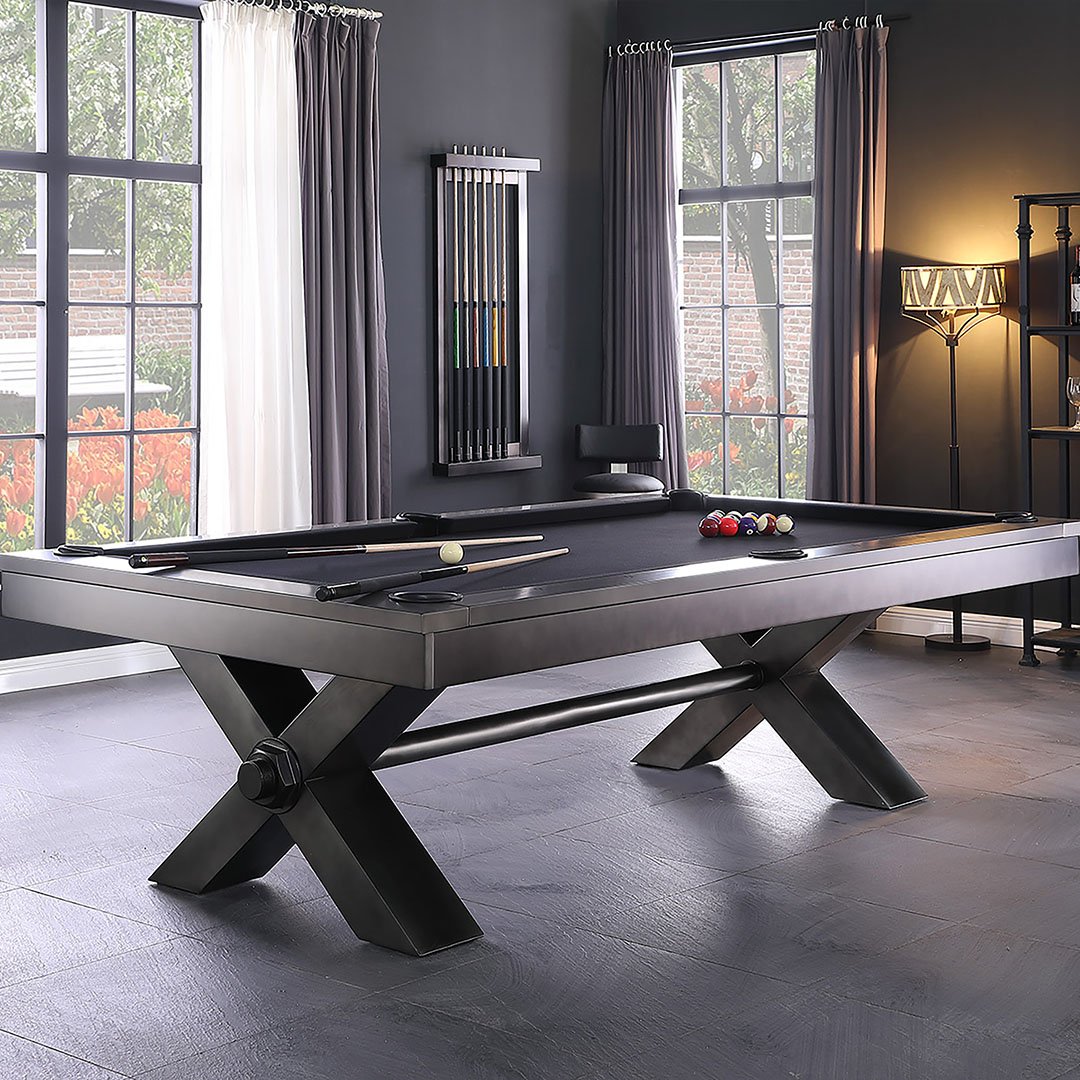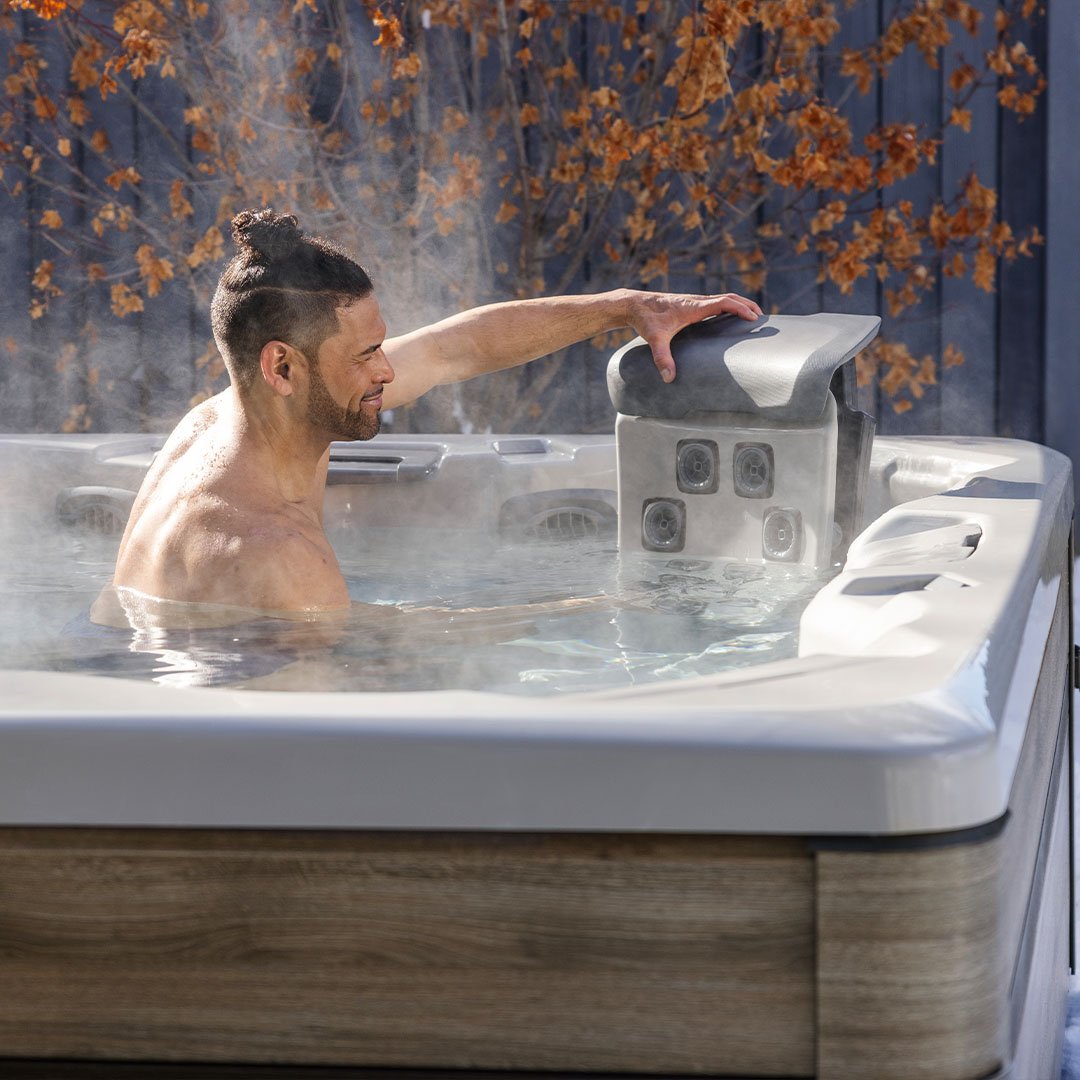The Ultimate Guide to TV Stands and Media Consoles
Your TV stand or media console isn’t just a place to park your television – it’s a crucial piece of furniture that can tie your living space together, provide storage, and elevate your viewing experience. Whether you're designing a new living room, upgrading your current setup, or simply organizing your entertainment devices, finding the right TV stand or media console is essential.
In this ultimate guide, we’ll explore everything you need to know about choosing the best TV stand or media console for your space, from styles and sizes to functionality and design tips.
1. Why a TV Stand or Media Console Matters
Your entertainment area is often the focal point of your living room. It’s where family and friends gather to watch movies, catch up on the latest series, or simply relax. The right TV stand not only complements your home’s aesthetic but also ensures your television is displayed at the perfect viewing height, keeps cords organized, and offers storage for media equipment, gaming consoles, and accessories.
2. Types of TV Stands and Media Consoles
There are several types of TV stands and media consoles on the market. Understanding the differences can help you make an informed decision:
a) Open Shelving TV Stands
Open shelving stands provide a minimalist design, perfect for smaller spaces or modern, airy aesthetics. They typically have shelves for media equipment like Blu-ray players, streaming devices, and soundbars but lack closed storage.
b) Entertainment Centers
These are large pieces of furniture that often span the width of the wall, framing the TV in the center. Entertainment centers can include shelves, cabinets, and space for décor. They’re ideal for larger rooms and for homeowners who want ample storage.
c) Corner TV Stands
Specifically designed to fit in a corner, these stands save space and are great for smaller or oddly shaped rooms. They often feature angled backs to fit snugly against walls.
d) Wall-Mounted TV Consoles
If you prefer a floating look or want to save floor space, wall-mounted media consoles are the way to go. These are usually minimalistic and can be paired with a wall-mounted TV.
e) Cabinet TV Stands
TV stands with cabinets offer both open shelving and enclosed storage. These are perfect for hiding clutter while keeping your media devices easily accessible.
3. Choosing the Right Size TV Stand
Selecting the right size is crucial for both aesthetics and safety. Here’s a quick guide:
-
TV Stand Width: A TV stand should be wider than your TV to ensure stability. For example, if you have a 50-inch TV, your stand should be at least 55 inches wide.
-
Height: The center of the TV screen should be at eye level when you’re seated. Measure your seating height and adjust accordingly. The standard height for TV stands ranges from 20 to 30 inches.
-
Weight Capacity: Ensure your TV stand can handle the weight of your television and other devices. Most stands list their weight capacity in the product details.

4. Materials and Finishes: What’s Best for Your Space?
The material of your TV stand or media console greatly influences the style and durability. Here’s a breakdown of popular materials:
a) Wood
Wooden TV stands are classic and come in a range of finishes from oak to walnut, mahogany, and more. They fit both traditional and modern homes, offering durability and warmth.
b) Metal
For a modern or industrial look, metal TV stands are sleek and durable. They often come in black or silver finishes and pair well with glass or wood shelving.
c) Glass
Glass TV stands are sleek and modern, often with metal supports. While visually light and elegant, they require more maintenance (keeping them smudge-free) and are best for modern interiors.
d) MDF or Particleboard
These budget-friendly options mimic wood but are lighter and less durable. They can come in various finishes but may not last as long as solid wood or metal options.
5. Functionality: What Else Should Your TV Stand Do?
Beyond holding your TV, think about the functionality you need:
a) Storage Needs
Consider how much equipment you’ll store. Do you need space for a gaming console, cable box, or sound system? If you have a large DVD or Blu-ray collection, opt for a stand with cabinets or drawers.
b) Cord Management
Look for stands with built-in cable management systems to keep cords hidden and organized. This not only looks cleaner but also prevents tripping hazards.
c) Adjustability
Some TV stands come with adjustable shelves, allowing you to customize the space for larger or smaller devices. If you upgrade your equipment frequently, this flexibility is valuable.
d) Ventilation
If you have a lot of electronics, ensure your stand allows for proper airflow. Electronics can overheat if they’re stored in enclosed spaces without ventilation.
6. Style Considerations: Making Your TV Stand Work with Your Decor
Your media console should complement the existing décor of your room. Here are some style tips:
-
Modern Spaces: Opt for minimalist designs, glass, and metal materials. Neutral colors like black, white, or gray work well in modern rooms.
-
Traditional Homes: Go for rich wooden finishes, like walnut or cherry, with intricate detailing or classic shapes.
-
Scandinavian Style: Light woods, clean lines, and open shelving create a simple, airy look that fits Scandinavian interiors.
-
Farmhouse or Rustic: Choose weathered wood finishes or barn-door style cabinets for a cozy, rustic feel.
7. Final Tips for Buying a TV Stand or Media Console
-
Measure Before You Buy: Always measure the space where you plan to place the stand, as well as the dimensions of your TV, to ensure the perfect fit.
-
Think Long-Term: Consider future-proofing your setup. If you plan to upgrade your TV or add more devices, buy a stand that can accommodate these changes.
-
Match the Room’s Flow: Ensure your TV stand isn’t overpowering the space. It should be functional, but also blend seamlessly with the rest of your décor.
Choosing the Perfect TV Stand: A Balance of Style and Functionality
Choosing the right TV stand or media console can significantly improve both the functionality and aesthetic appeal of your living space. Whether you prefer modern, rustic, or classic styles, there's an option for every home and budget. By keeping the right size, material, and storage needs in mind, you’ll create an entertainment area that’s both stylish and practical.
Frequently Asked Questions
What size TV stand should I get for my 65-inch TV?
For a 65-inch TV, your stand should be at least 70 inches wide. This ensures stability and balance while also providing additional space for décor or media devices.
Can I use a regular table as a TV stand?
While you can technically use a table, a dedicated TV stand offers better support, height, and cable management. It’s designed specifically for holding televisions and media equipment.
Topics: Indoor Furniture - Living Room












